Bucharest Communism: From Lenin to Ceausescu
In the annals of history, Bucharest’s communist era is like a complex tapestry, woven with threads of Leninist ideology and Ceausescu’s autocratic rule. As visitors trace the path from Lenin’s influence to Ceausescu’s reign, they’ll uncover a narrative rich in political intrigue and societal upheaval.
But what lies beneath the surface of these historical layers? What untold stories and hidden truths await discovery in the shadow of Romania’s communist past?
Key Points
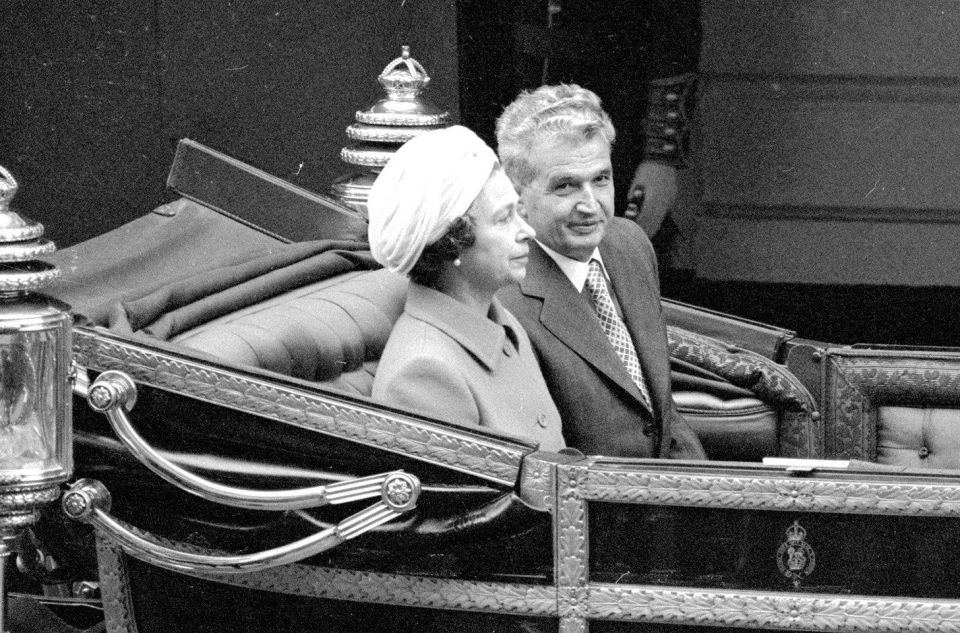
- Lenin’s ideology influenced Romanian politics, paving the way for leaders like Ceausescu.
- Ceausescu’s regime brought extreme repression, poverty, and fear to Romania.
- Daily life in Bucharest under communism featured strict rationing and scarcity coping mechanisms.
- The fall of Ceausescu marked a significant shift towards democracy, shaping Romania’s future.
Lenin’s Influence on Romanian Communism

Infusing fervor and ideology, Lenin’s influence on Romanian Communism sparked a transformative wave that left an indelible mark on the country’s political landscape.
Lenin’s ideology resonated deeply in Romanian politics, inspiring a generation of leaders who sought to establish a socialist state. His principles of proletarian revolution and centralized control found fertile ground in Romania, shaping the course of political development for decades to come.
The adoption of Lenin’s ideas led to the formation of the Romanian Communist Party and set the stage for the rise of influential figures like Nicolae Ceausescu. Under Lenin’s influence, Romanian politics underwent a significant shift towards socialist ideals, laying the foundation for the tumultuous events that would define the country’s communist era.
Rise of Ceausescu in Romanian Politics
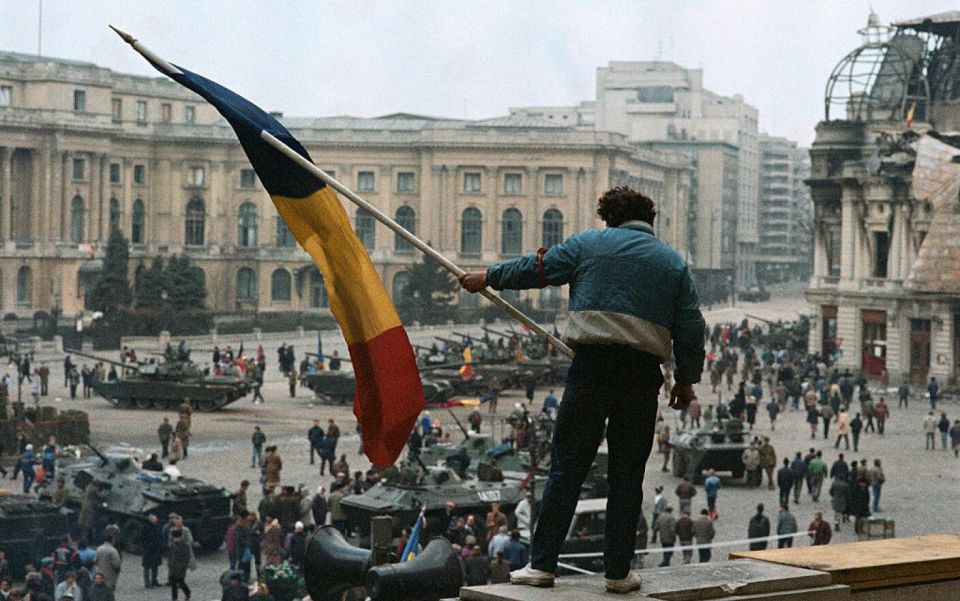
Nicolae Ceausescu’s ascension in Romanian politics was marked by a rapid and calculated trajectory, positioning him as a formidable force within the political landscape of the time. Ceausescu’s policies and actions during this period reshaped Romanian politics in significant ways:
- Implementing strict censorship and controlling the media to consolidate power.
- Fostering a cult of personality around himself, elevating his status to that of an authoritarian leader.
- Introducing economic reforms that resulted in increased national debt and widespread poverty.
- Suppressing dissent through harsh measures, including the use of the secret police to maintain control.
- Centralizing authority within the Communist Party, diminishing the influence of other political entities.
Impact of Ceausescu’s Regime on Society
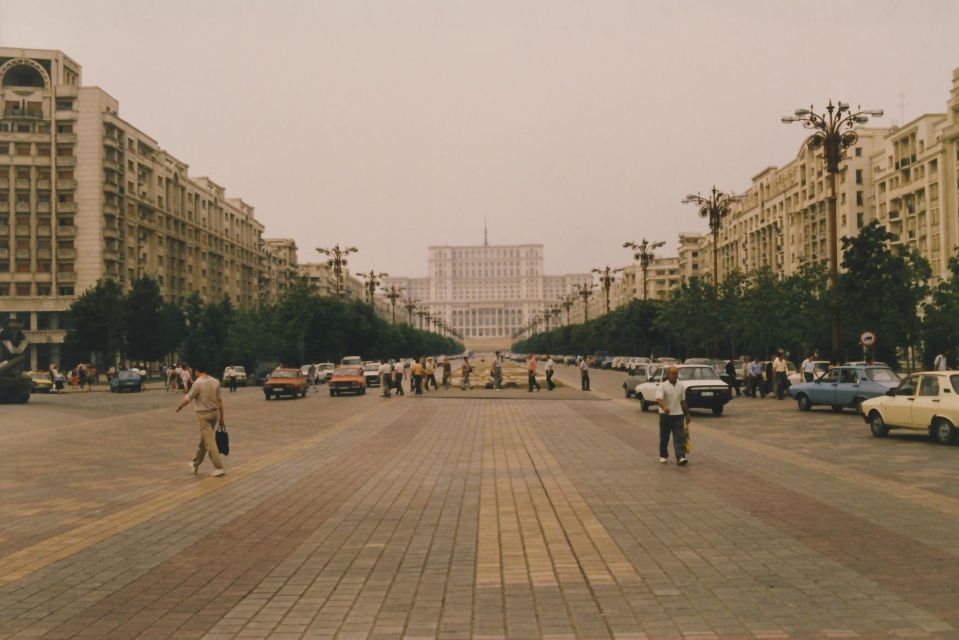
The enduring legacy of Ceausescu’s regime on Romanian society remains palpable, shaping the nation’s collective memory and socio-political landscape to this day. Ceausescu’s legacy is marked by extreme repression, censorship, and a cult of personality that deeply scarred Romanian society.
His policies led to widespread poverty, food shortages, and a lack of basic freedoms. The regime’s brutal methods of control, including the presence of a pervasive secret police force, instilled fear and distrust among the population. Ceausescu’s iron-fisted rule also resulted in the forced relocation and demolition of entire neighborhoods, displacing thousands of families.
The impact of his regime continues to influence Romania’s social, economic, and political spheres, highlighting the long-lasting repercussions of authoritarian governance.
Daily Life and Rationing Under Communism
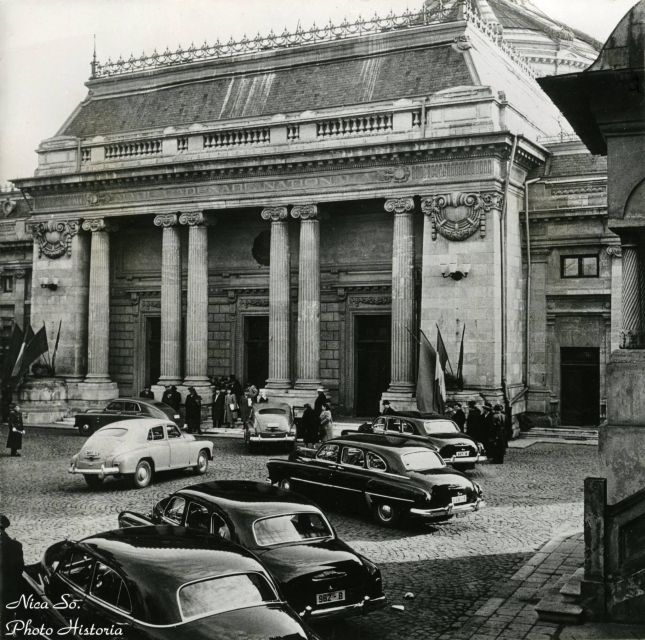
Daily life under communism in Romania was characterized by strict food rationing and government control over basic necessities. Despite the ideology of equality, daily struggles were common due to food shortages and limited access to essential items.
- Long lines for basic groceries
- Ration cards dictating limited quantities of staple foods
- Bartering and trading to obtain necessities
- Make-do mentality in the face of scarcity
- Black market activities to supplement government provisions
Living under these conditions meant that individuals had to navigate a challenging environment where securing enough food for themselves and their families was a constant concern. The scarcity of resources influenced social interactions and shaped the way people lived their daily lives during the communist era in Romania.
The Fall of Ceausescu’s Regime

As the grip of Ceausescu’s dictatorship tightened, dissent and unrest simmered beneath the surface in Romania. The fall of communism in Romania was marked by a revolution that culminated in Ceausescu’s regime coming to a dramatic end.
After a series of protests and demonstrations in December 1989, Ceausescu and his wife Elena fled Bucharest. However, they were captured, put on trial, and swiftly executed.
The aftermath of the revolution brought both hope and challenges to Romania. The country faced a period of transition as it sought to move away from the oppressive regime towards democracy. The fall of Ceausescu’s regime marked a significant turning point in Romanian history, paving the way for a new era of governance.
Bucharest Communist Landmarks and Sites
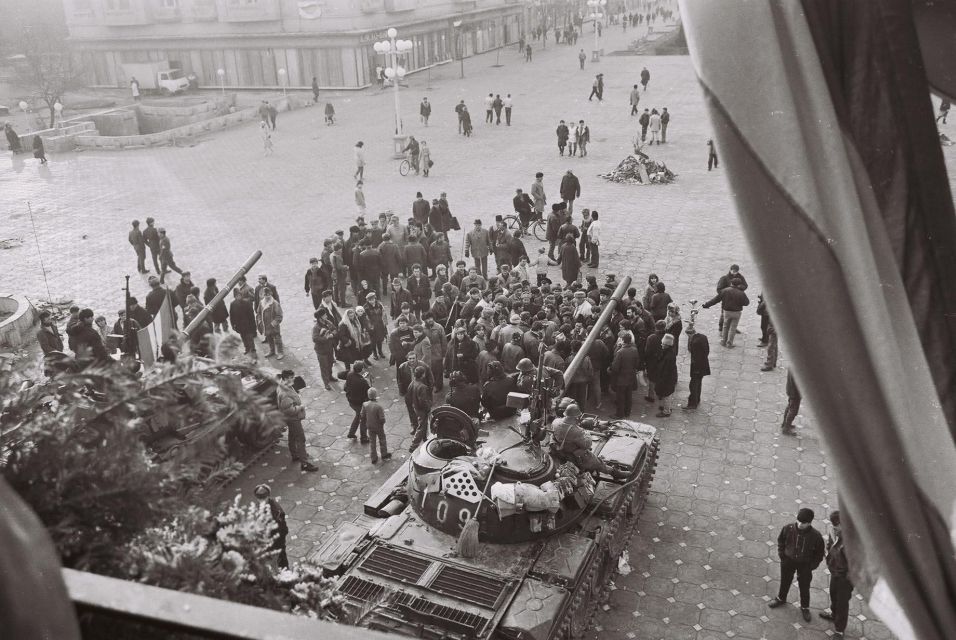
Bucharest’s communist past is vividly reflected in its landmarks and sites, each bearing witness to the tumultuous history of Ceausescu’s reign and the struggles of the Romanian people under his oppressive regime. The cityscape is marked by stark examples of Communist architecture, characterized by imposing concrete structures and utilitarian design.
These landmarks served as platforms for political propaganda, with grandiose murals and statues glorifying the regime. The Palace of the Parliament stands as a symbol of Ceausescu’s megalomania, while the Memorial of Rebirth commemorates the sacrifices made during the revolution. The Mausoleum of the Heroes is a poignant reminder of those who fought against the dictatorship, eternally preserved in history.
Bucharest Communism Tour Details
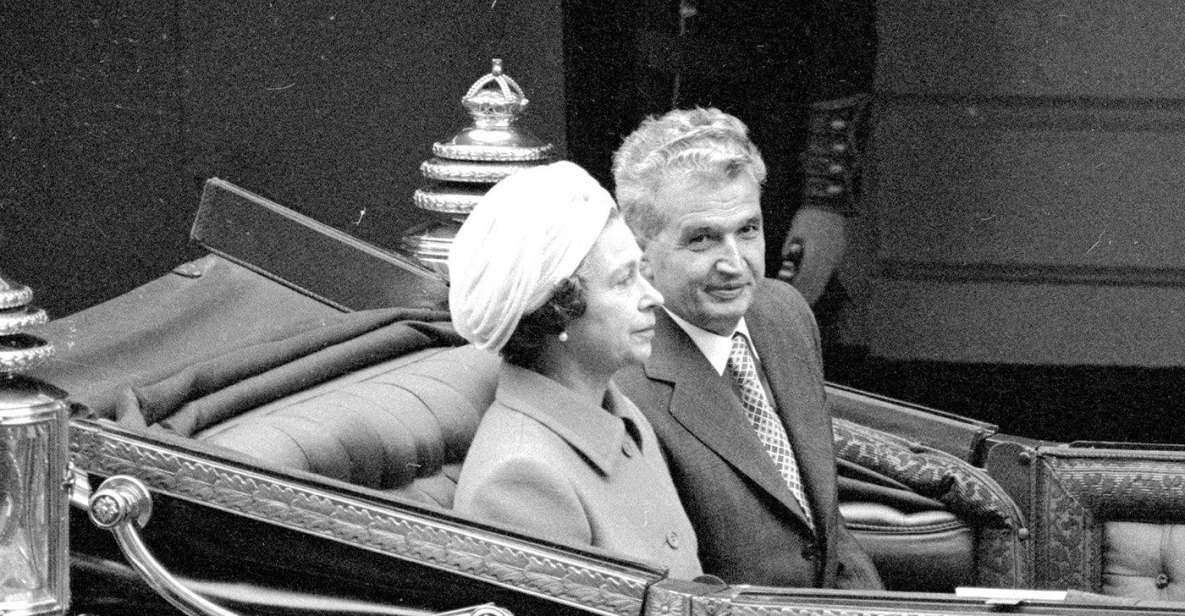
Enjoy the compelling narrative of Bucharest’s communist history through a captivating 2.5-hour tour that delves deep into Ceausescu’s reign and its lasting impact on Romania.
This tour provides a unique opportunity to explore Lenin’s legacy in Romanian politics, shedding light on Ceausescu’s background, rise to power, and the demolition of three neighborhoods under his oppressive regime. Participants will learn about the food rationing system during communism and experience life under this dictatorship, including the presence of the secret police.
Starting at Socialist Victory Boulevard, the tour progresses to the Chamber of Deputies Palace to understand pre-communism society, before delving into Ceausescu’s last days, the revolution, trial, and execution. It concludes at Revolution Square, where Ceausescu’s regime met its end.
Common questions
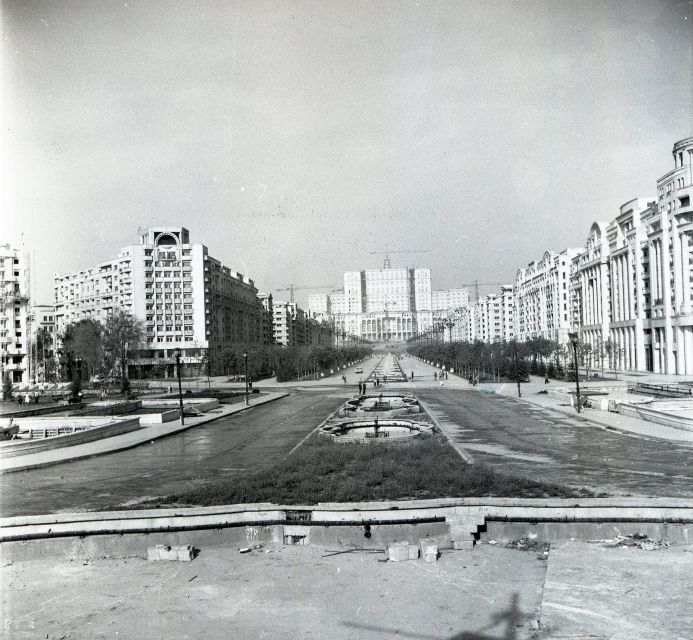
How Did the Presence of Secret Police Impact Everyday Life Under Ceausescu’s Regime?
The presence of secret police under Ceausescu’s regime had a profound impact on everyday life. Surveillance instilled fear and control, leading to heightened paranoia among citizens. Constant monitoring restricted freedom of expression and created an environment of mistrust and oppression.
What Were the Consequences for Individuals Who Spoke Out Against Ceausescu’s Regime?
Speaking out against Ceausescu’s regime led to severe consequences – repression, surveillance, and resistance were met with imprisonment, torture, and even death. Dissent was swiftly crushed as the regime used its power ruthlessly.
How Did Ceausescu’s Regime Impact the Cultural and Artistic Landscape of Romania?
Ceausescu’s regime stifled creativity in Romania through cultural censorship. Artistic expression was heavily controlled, limiting the diversity of cultural outputs. This suppression had a profound impact on the artistic landscape, hindering innovation and authentic representation.
What Role Did Romania Play in the Broader Context of Eastern European Communism During Ceausescu’s Rule?
Romania under Ceausescu’s rule played a significant role in Eastern European communism. Despite alliances within the Eastern bloc, Romanian resistance grew under his oppressive regime. The country’s unique position within the bloc influenced its actions and relationships.
How Did the Fall of Ceausescu’s Regime Affect the Political and Economic Landscape of Romania in the Years That Followed?
After Ceausescu’s fall, Romania underwent Post Ceausescu reforms, experiencing a tumultuous political transition and economic growth. The regime’s end marked a new chapter in Romania’s history, shaping its political and economic landscape in the years that followed.
Last Words
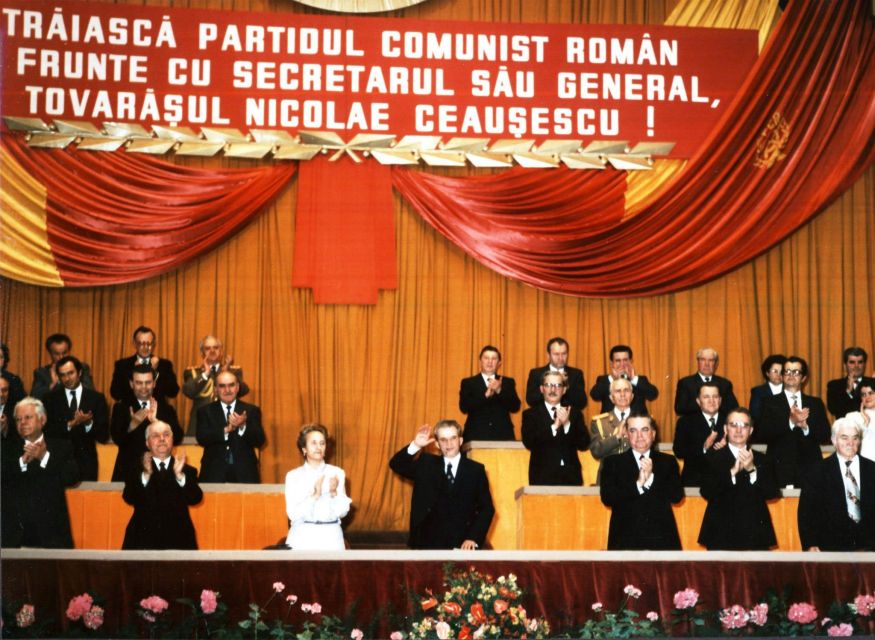
Experience the gripping tale of Bucharest’s communist past on a tour from Lenin to Ceausescu.
Explore the monumental landmarks and sites that bear witness to Romania’s dark history under communism.
Gain a deeper understanding of Ceausescu’s oppressive regime and the impact it had on society.
Book your tour today for a thought-provoking journey through Bucharest’s tumultuous past.